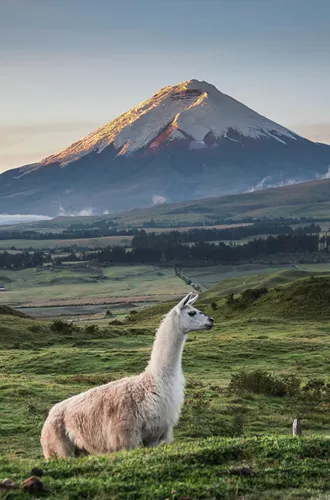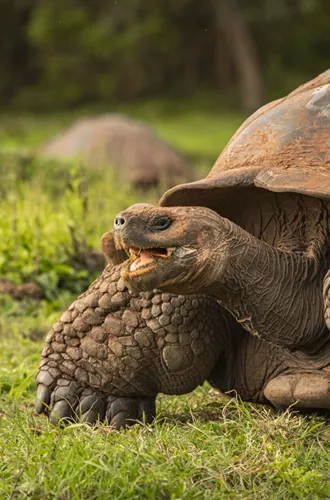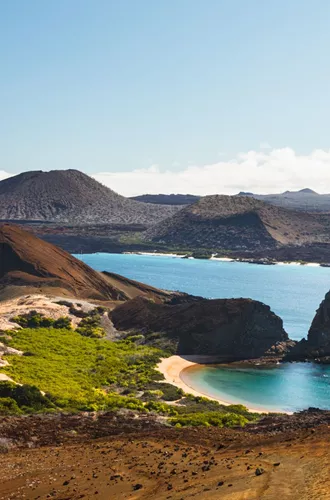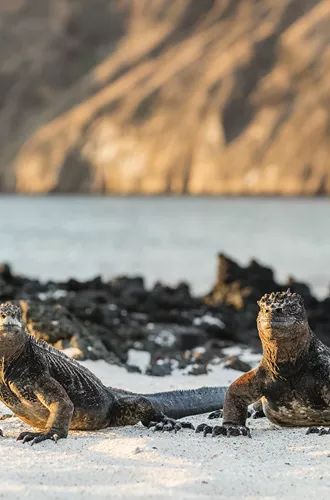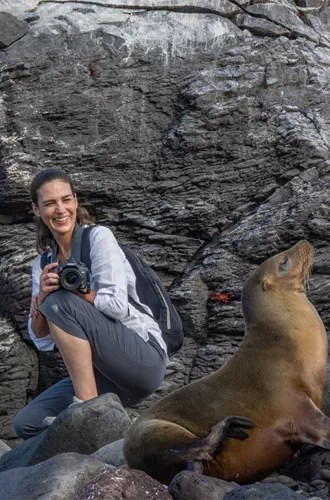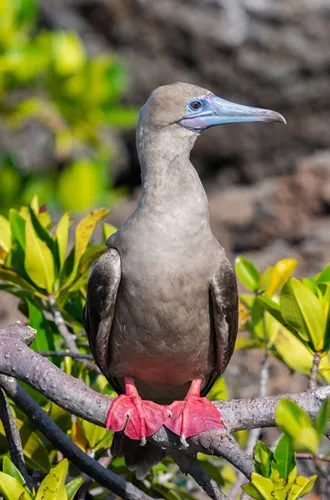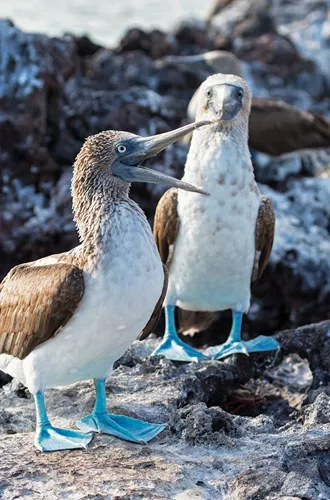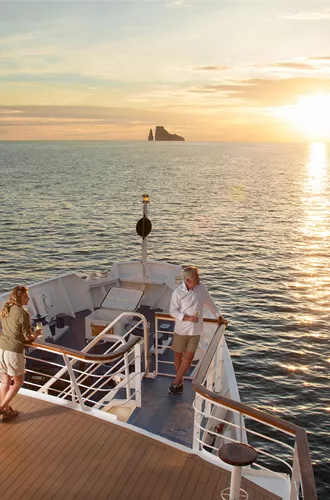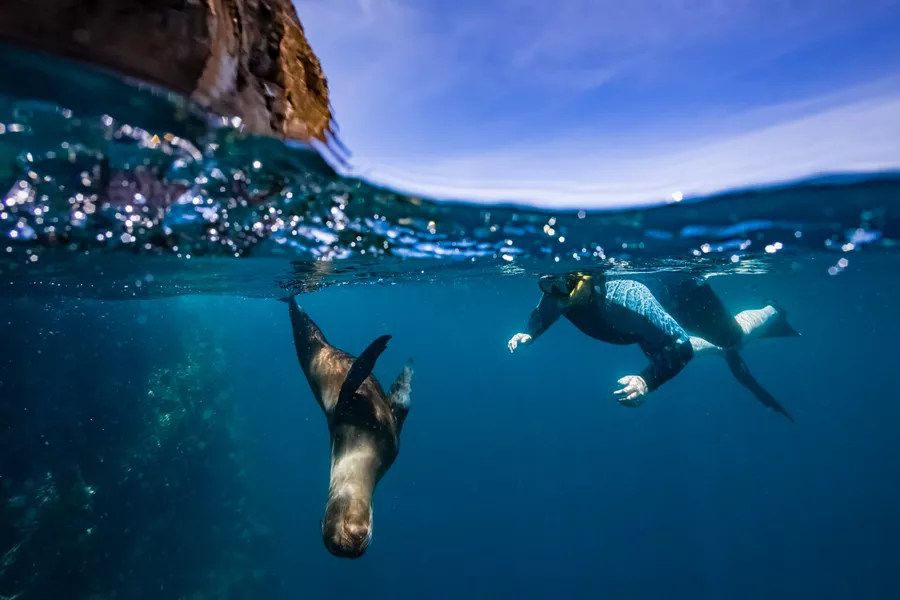Communications
Country Code for Ecuador: +593
Official Travel Advice:
Ecuador Travel Advice & Safety | Smartraveller (Australia)
Safe Travel NZ | Ecuador (New Zealand)
You can request emergency help in English from your smartphone. Use the application ECU 911.
There's an Australian Consulate in Guayaquil, Ecuador. It can provide limited consular help. The Canadian Embassy in Quito, Ecuador gives consular assistance to Australians in Ecuador. If you need urgent help, contact the 24/7 Consular Emergency Centre in Australia on +61 2 6261 3305.
New Zealand Embassy Bogotá, Colombia
Embajada de Nueva Zelandia, Calle 81 #11-08, Office 802, Edificio 8111, Bogotá, Colombia
Telephone: +57 601 439 1666
Email: nzembajadacolombia@gmail.com
For further information please visit:
Ecuador Travel Advice & Safety | Smartraveller (Australia)
Safe Travel | Ecuador (New Zealand)


